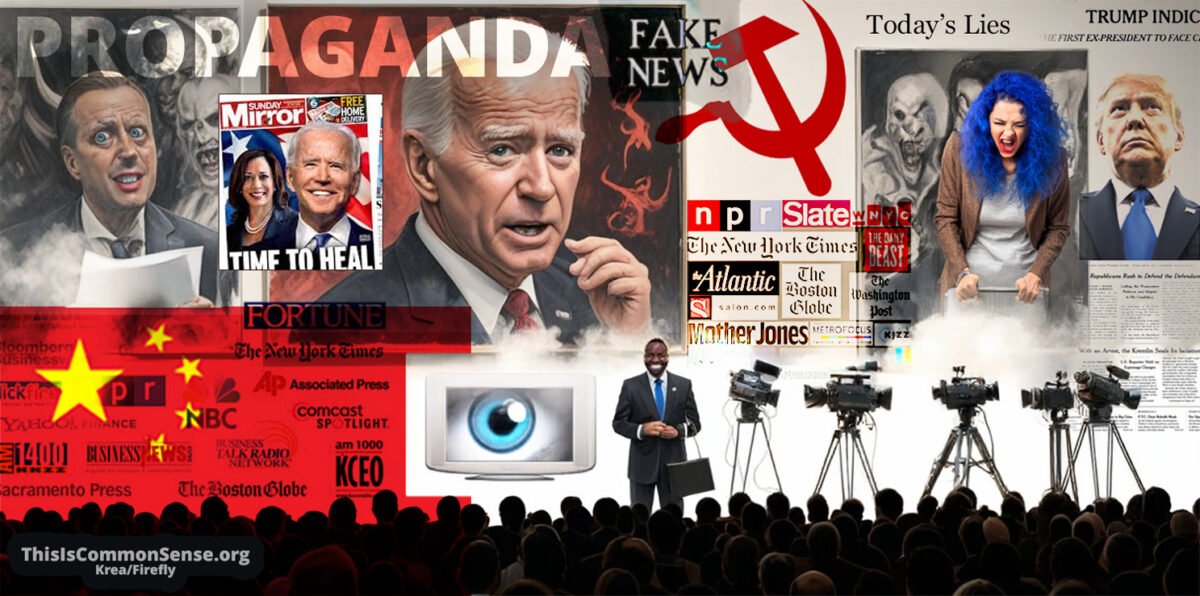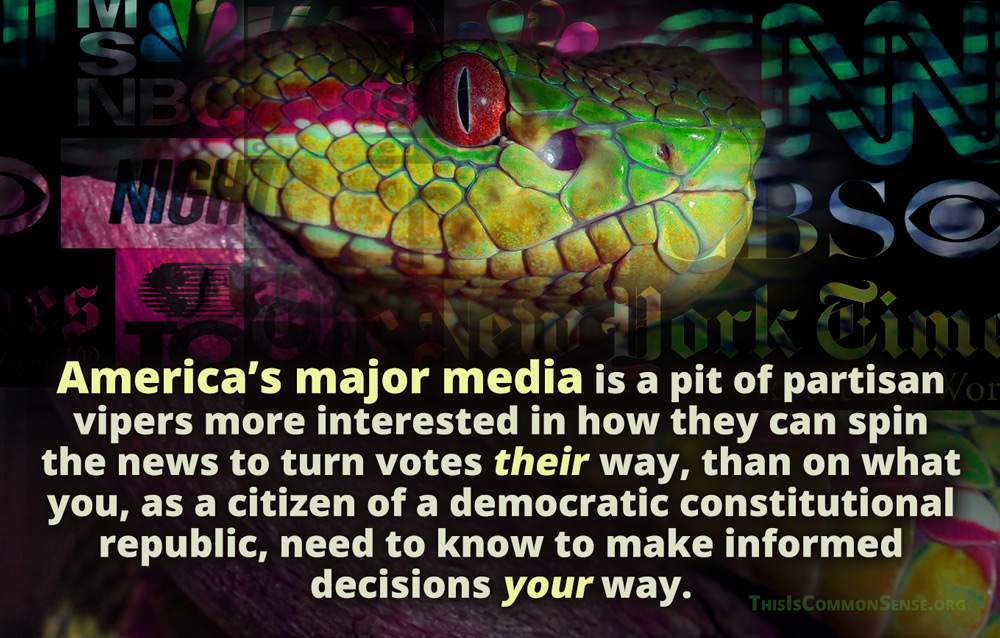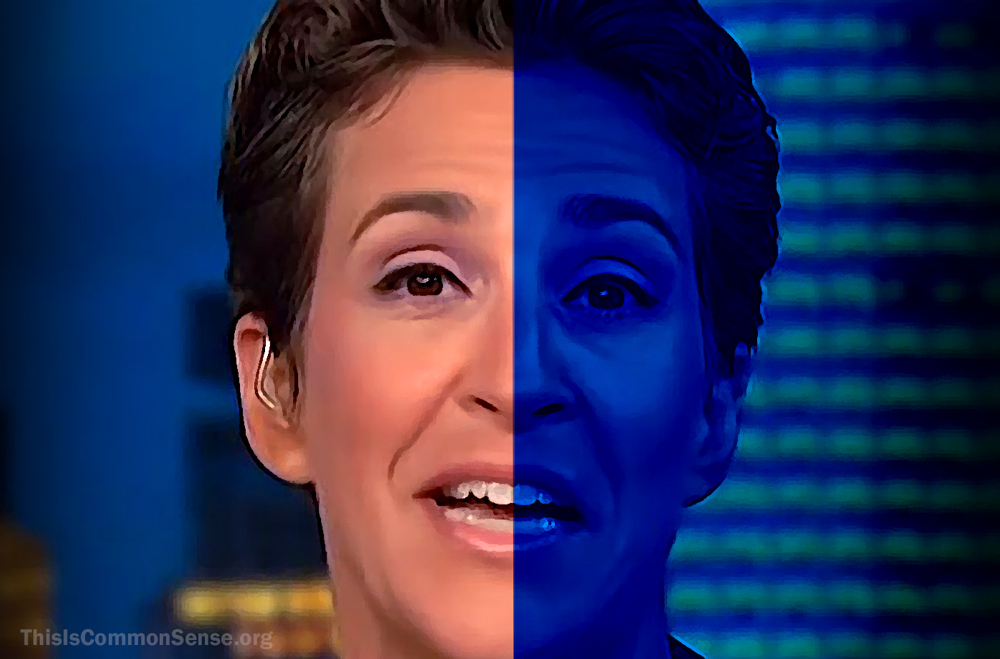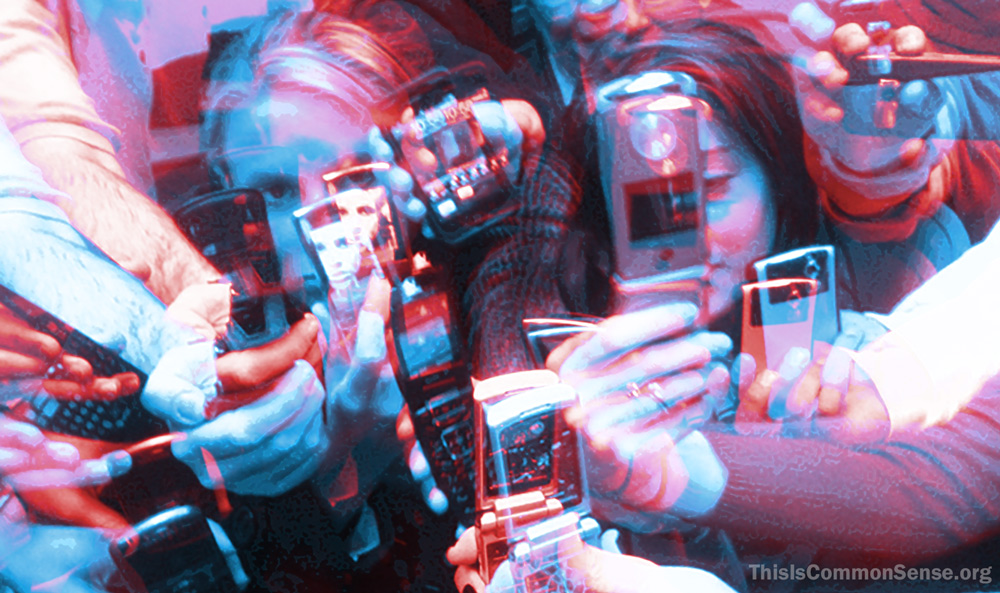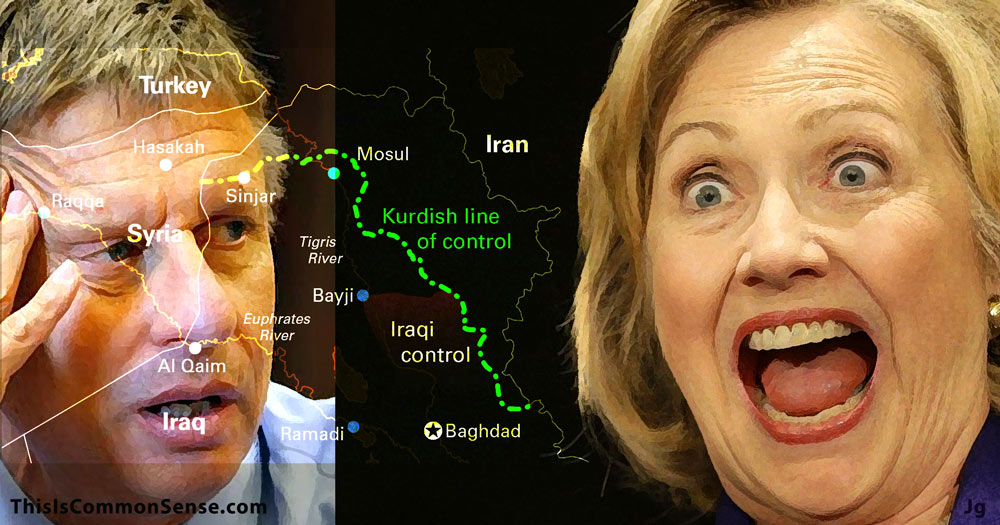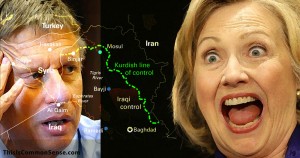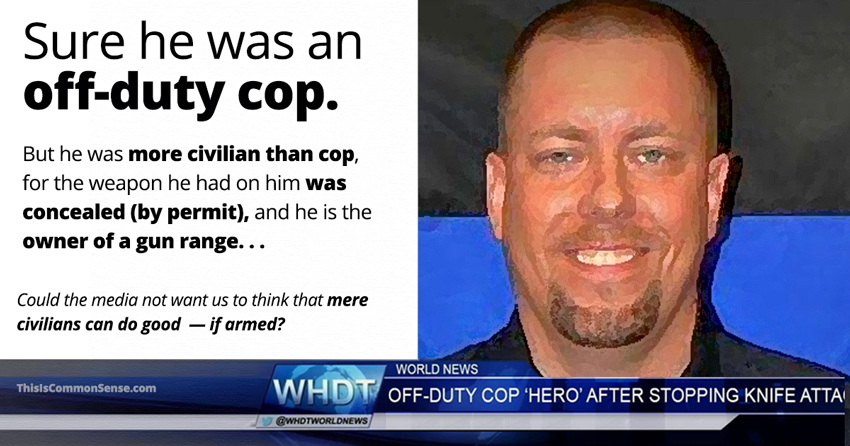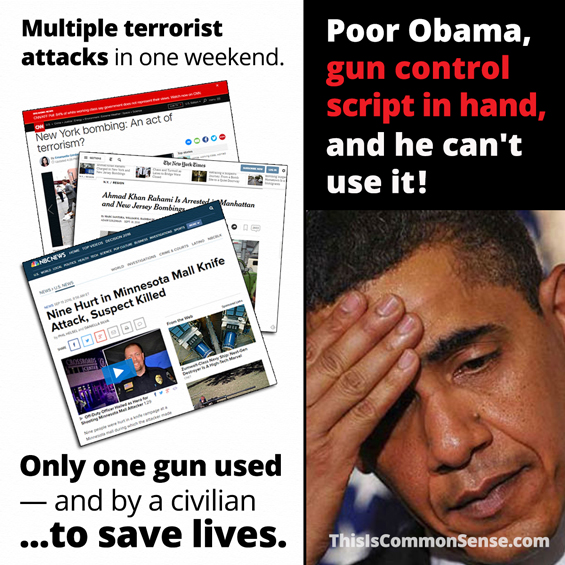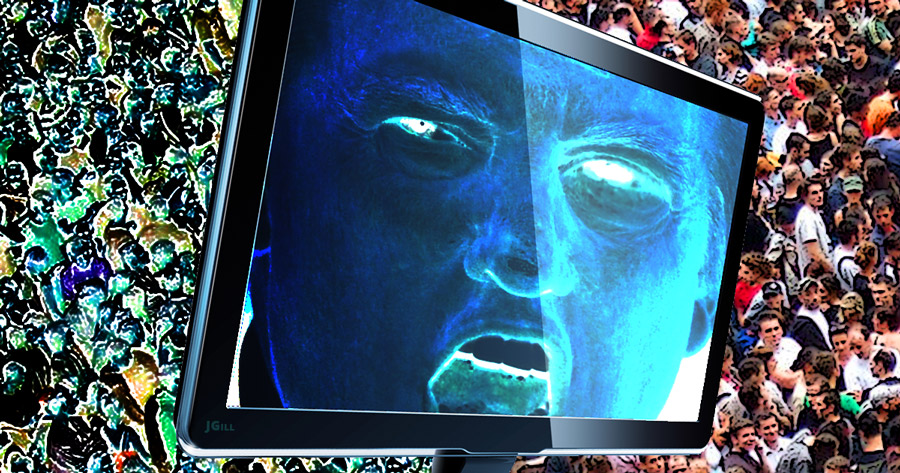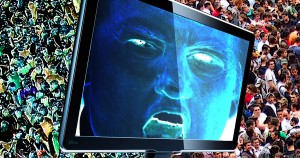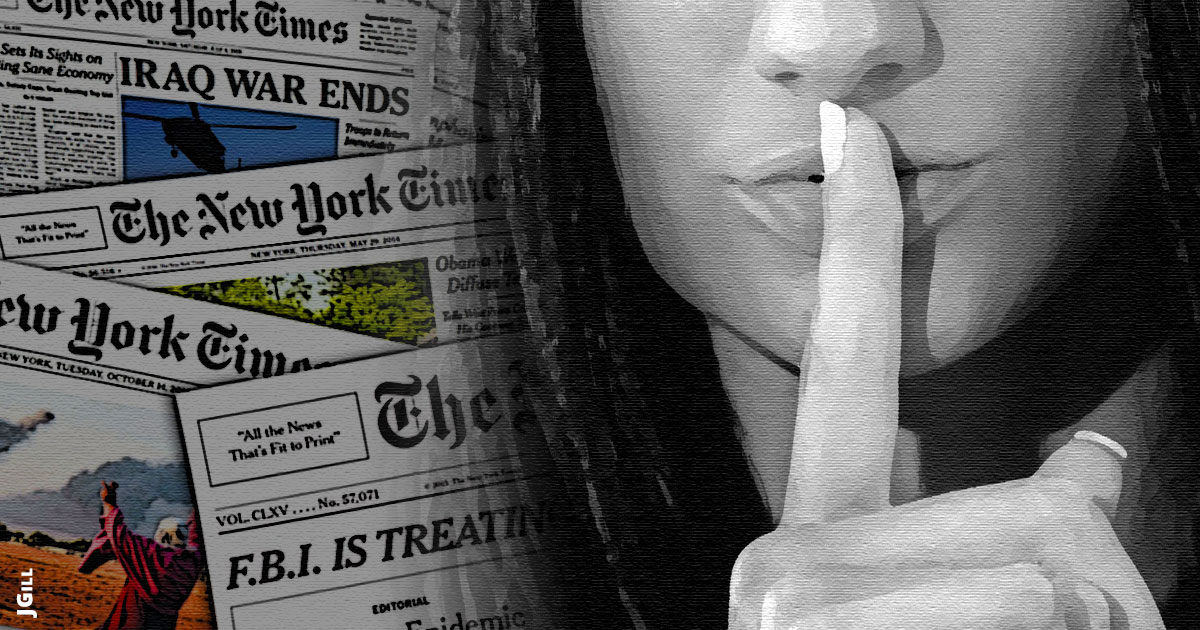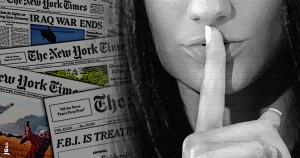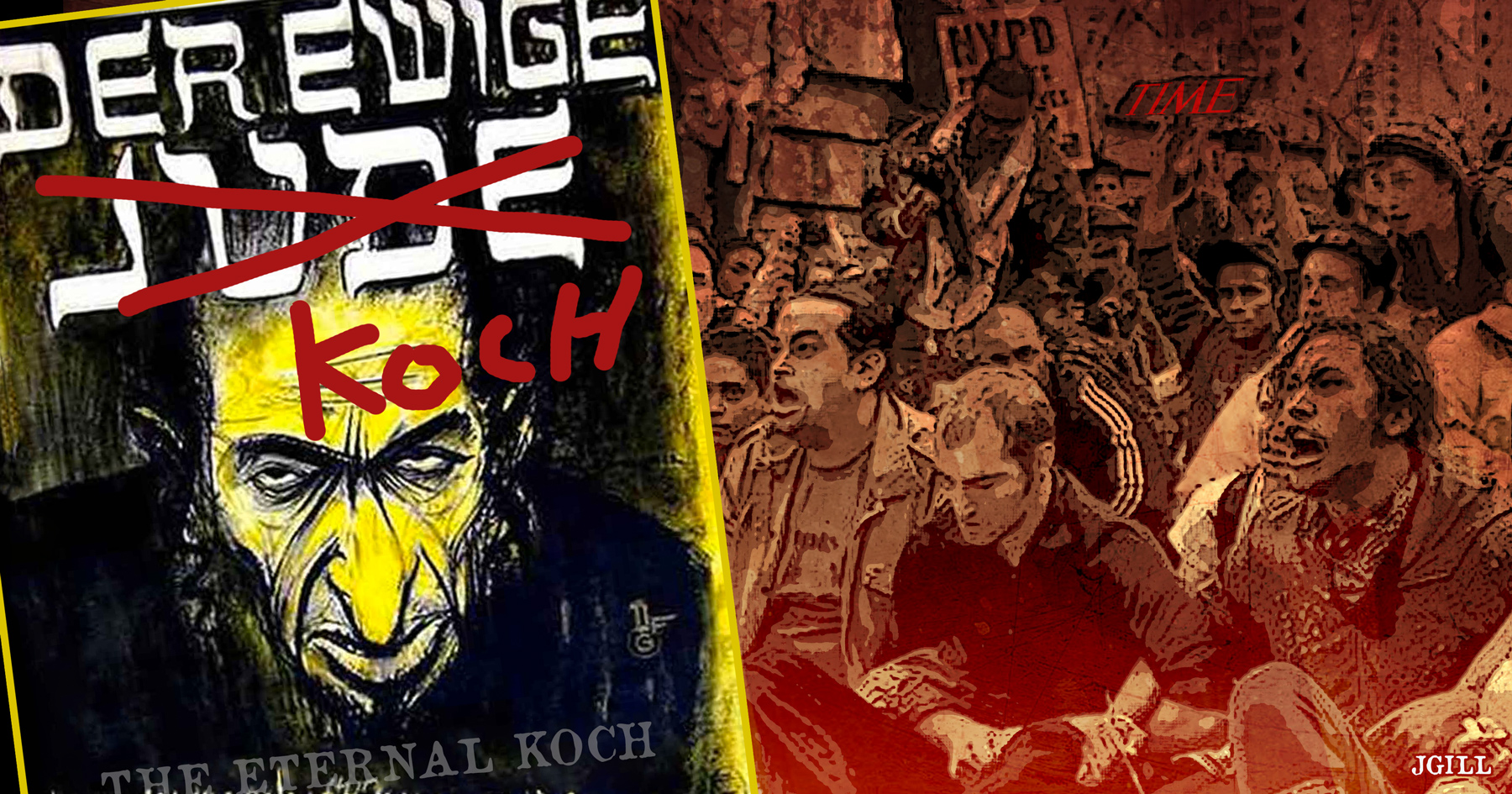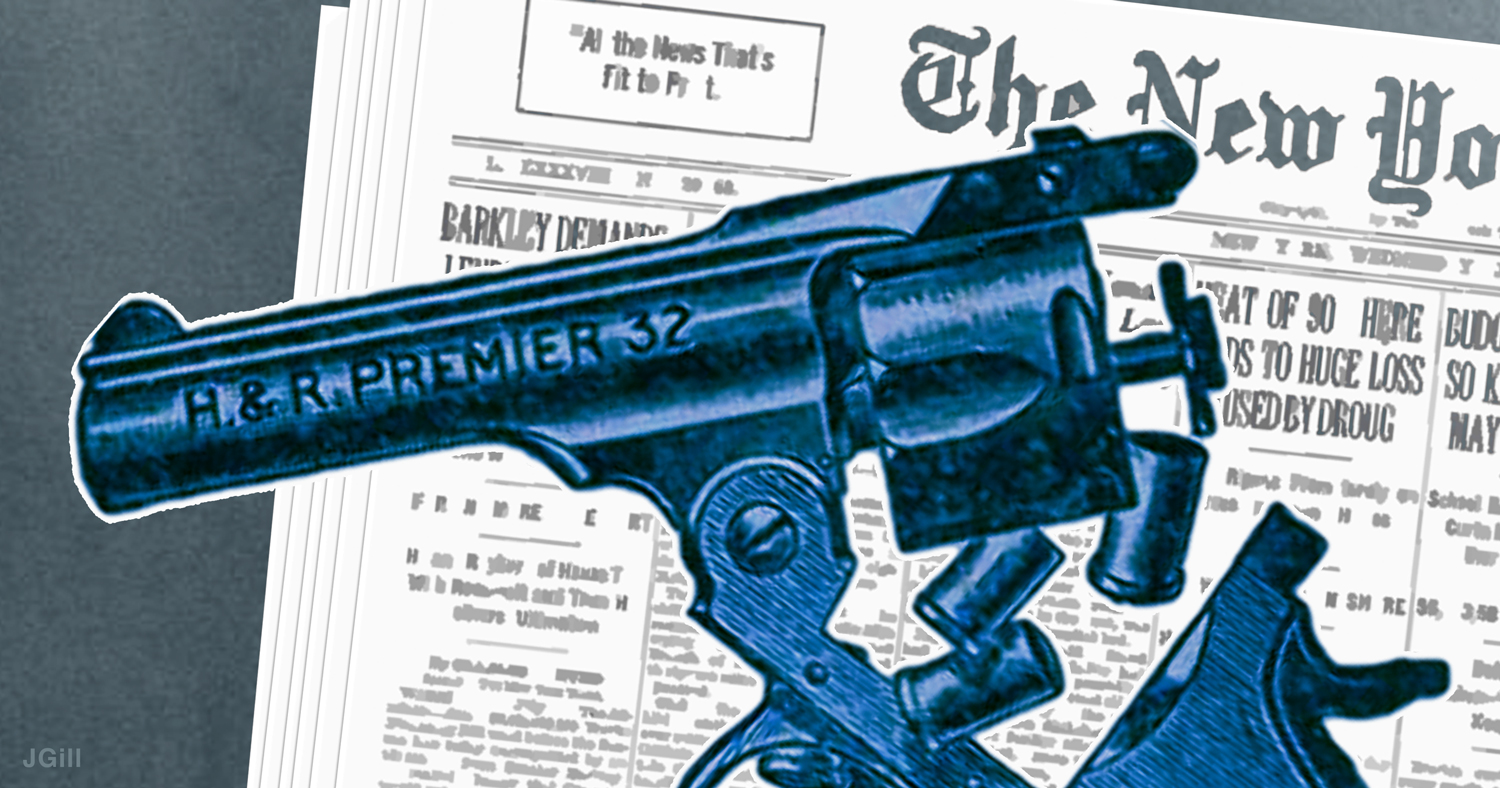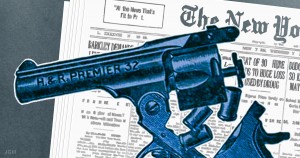Who wouldn’t want the media behind them — air-brushing the public images of their candidates; telling stories to dramatize the political agenda items they’re running on?
Back in November 2015, I agreed with then-Senator and presidential candidate (now Secretary of State) Marco Rubio’s characterization of the national news media as a “SuperPAC” for national Democrats.
How to even place a monetary value on the relentlessly one-sidedly progressive news coverage on network TV and in print outlets like The New York Times and The Washington Post?
But is there a downside? Could this Super-est of all SuperPACs possibly be, on balance, less than helpful?
Let me posit that (a) the Washington press corps is ideologically to the left of the Democratic Party and, accordingly, (b) the national news media lures liberal Dems to far-out leftist positions that they’d otherwise never dare entertain — all because there exists this massive supportive left-wing echo chamber.
Then, on Election Day, national Democrats discover quite abruptly that, unlike DC’s editors and reporters, regular folks don’t like high gas prices or men winning women’s sporting events or releasing violent illegal migrants to commit more crimes. And, doggone it, they cast a lot more votes than the Beltway’s fifth column, er, Fourth Estate.
Take, for example, the current controversy regarding former President Biden’s cognitive abilities; consider, also, the decisions made by Mr. Biden and auto-pen possessing handlers.
Would a Republican president and his White House advisors ever think for a second that they could get away with keeping the press away from the commander-in-chief of the Free World, holding only heavily staged public events? For months? Forever?
I don’t think so. The mainstream media would — rightly! — question, berate, harangue and bloviate until the cognitive functionality of the POTUS had been popularly established.
But the Washington media did not hold a Democrat president to that (any?) standard.
Thus enabled, Biden kept going.
Costing Democrats!
This is Common Sense. I’m Paul Jacob.
Illustration created with Krea and Firefly
See all recent commentary
(simplified and organized)
See recent popular posts
